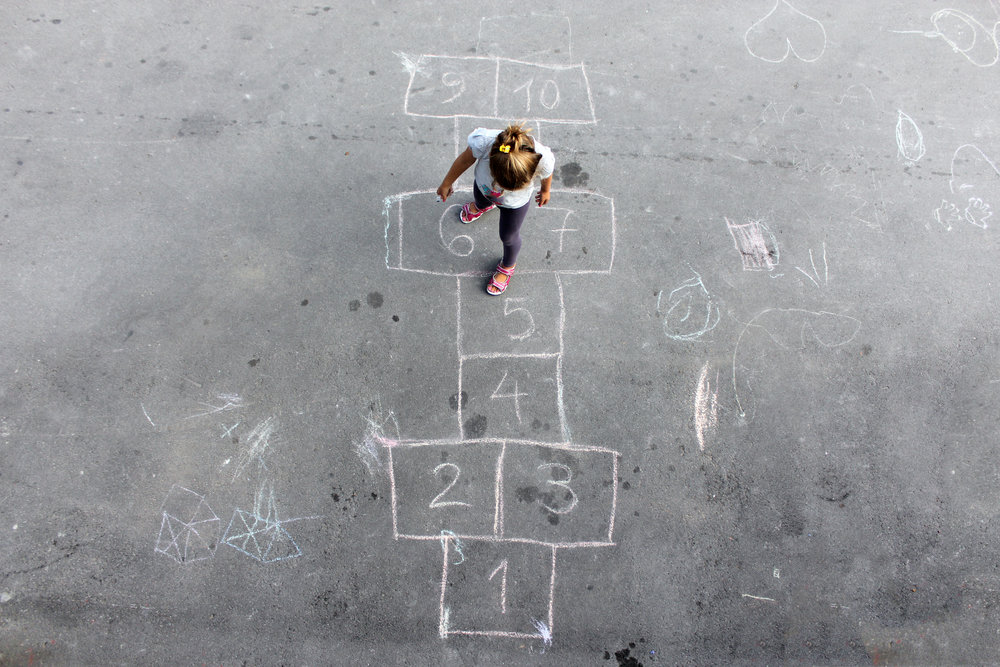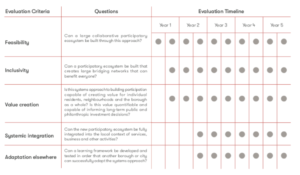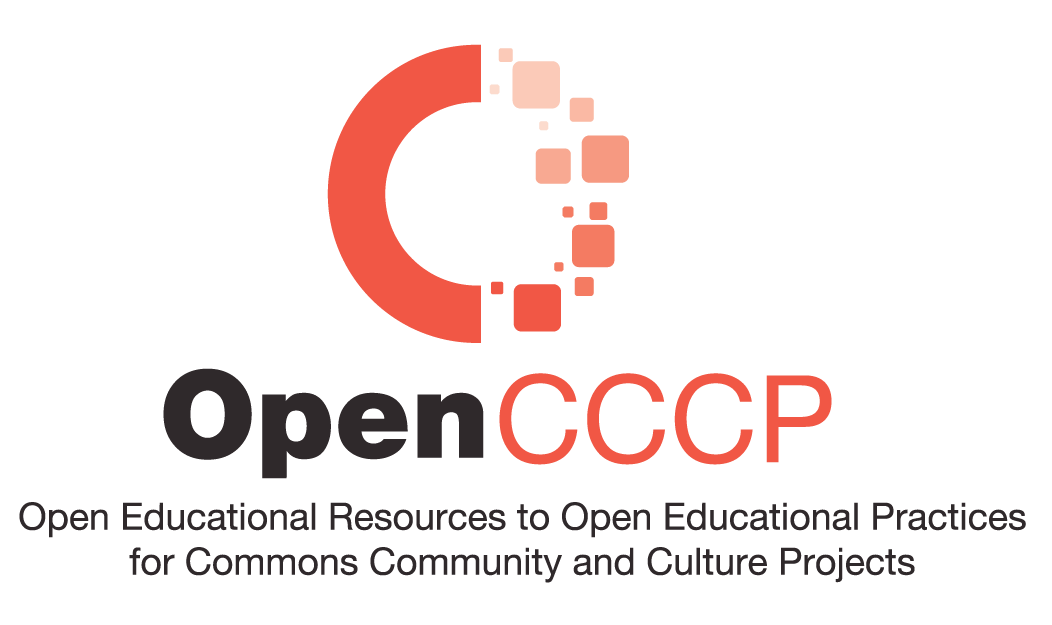
07 Jun Participatory City


Name of the Project
Participatory City

Country, City, Neighbourhood
UK, London, Barking and Dagenham

Website or social media of the project
http://www.participatorycity.org/
https://www.theguardian.com/commentisfree/2019/jan/24/neighbourhood-project-barking-dagenham
Who is developing the project?
AUTHOR
Tessy Britton is Chief Executive of Participatory City Foundation, an initiative that starts to build a large urban Demonstration Neighbourhood in a London borough (of 200,000+ residents) in early 2017. Working closely with the local authority and many other collaborators the intention is that over a 5 year period this neighbourhood will become a model of equality, wellbeing and sustainability.
For the last 6 years I have been researching and prototyping new ways to support widespread practical participation, the kind of participation that works with the fabric of daily life.
Local people have been inventing unique and innovative projects across the globe. Taken together these projects paint a picture of a different kind of neighbourhood – where positive effects are generated – by everyone, for everyone – in the course of going about their daily lives
CLIENT
The Participatory city Foundation is funded by the London Borough of Barking and Dagenham, the Esmee Fairbairn Foundation, the Big Lottery Fund, City Bridge Trust and the Mayor of London.
Brief description
The genesis of the idea has been built on research aimed at developing an approach to fostering more of these new types of inclusive participation projects, seeing this approach as a key building block for developing sustainable urban neighbourhoods for the future.
Discussions began with London Borough of Barking and Dagenham in March 2016. A partnership was formed to conduct a feasibility study in the borough and discussions began with a number of funders. Over a period of sixteen months the Every One Every Day initiative was developed and the first £3.95m was raised, allowing for the project to start.
The Participatory City Foundation, a new Barking and Dagenham based charity, was formed specifically for the purpose and began recruiting for the team on the 31 July 2017. A further £850,000 has since been raised through the GLA’s Good Growth Fund for the Warehouse facility, a co-working and makerspace for residents.
The initiative was launched in November 2017, with two high-street shops opening, one in Ripple Road, Barking, and the second in Church Elm Lane, Dagenham.
Objectives of the Project
We work with 1,000s of amazing residents In Barking and Dagenham to build networks of friendship through the every one every day initiative.
Together we aim to co-create the first large scale, fully inclusive, practical participatory ecosystem.
It’s the first one of it’s kind in the world.
General context
Barking and Dagenham has shocking levels of unemployment, homelessness, teenage pregnancy, domestic violence and early death. Until 2010, it was the main stronghold of the British National party. Its population turns over at astonishing speed: every year, about 8% of residents move out.
Selected tags about the project
community development
social inclusion
sustainable development
relieve poverty and financial hardship
participatory
How does it develop in time?
In its third year
Beneficiary
The residents of Barking and Dagenham.
Results
As mutually agreed by the funders, three sets of outcomes have been created to reflect these connected goals for the project.
OUTCOME A
Residents of Barking and Dagenham have opportunities to learn and develop, improving their own lives and those around them.
Indicators – project participants going on to take part in formal education/training; increased numbers initiating local projects; improvements in reported well being; new friendships and support networks created.
OUTCOME B
The borough becomes a place where everyone feels safe, welcome and optimistic about the future.
Indicators – increased pride and ownership of open spaces; reduction in hate crime; increased capacity within the community to respond to problems; building diverse social networks.
OUTCOME C
The benefits of participation at scale are evidenced, proven and documented for further adaptation elsewhere.
Indicators – Network of 250 projects reaching 22,000 regular participants established; positive outcomes are tracked and evidenced; cost savings evidenced; all systems required for adoption and adaptation created.
How is it evaluated?
According to the grid below:

Links and references
http://www.participatorycity.org/every-one-every-day
- Food
- Childcare
- Finance
- Manufacturing
- Environment
- Retail
- Here and now school
Pictures, illustrations
Logo when existing, flyers, banners



